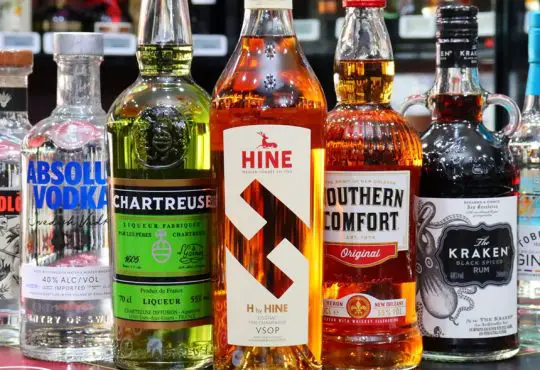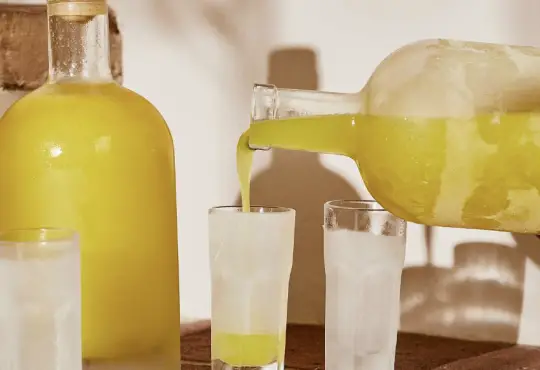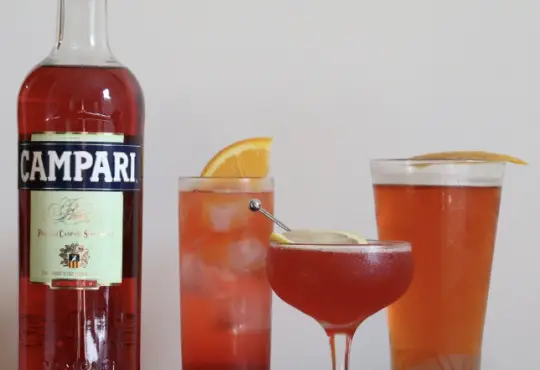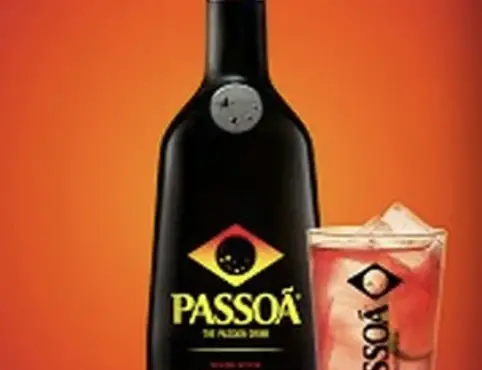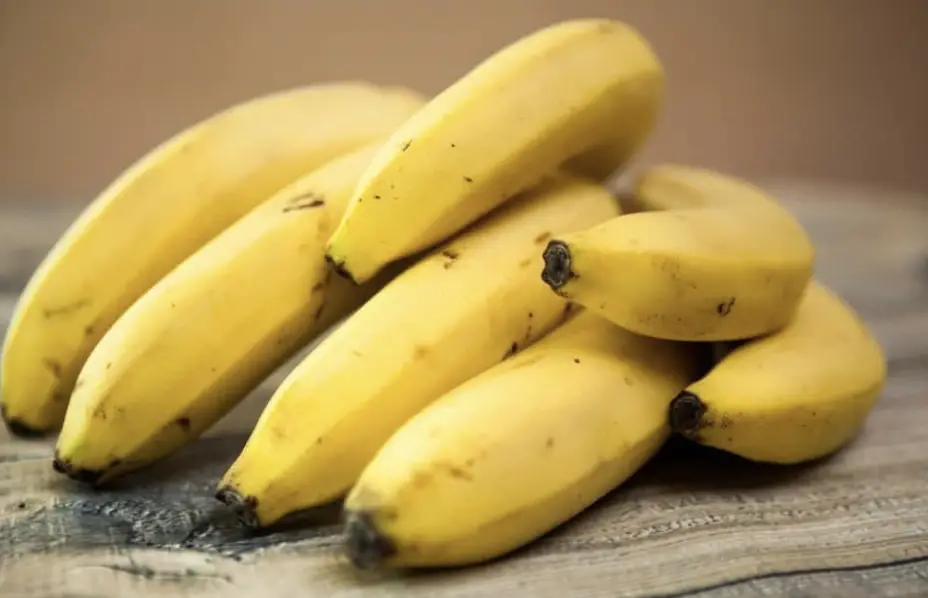
Crafting Sweet Elixir: A Guide to Homemade Banana Liqueur
If you’re a fan of tropical flavors and a touch of sweetness in your cocktails, then homemade banana liqueur should be on your radar. Bursting with the delightful essence of ripe bananas, this luscious elixir is not only easy to make but also allows you to infuse your creations with a homemade touch. In this blog post, we’ll take you on a flavorful journey through the process of crafting your very own homemade banana liqueur, perfect for adding a tropical twist to your favorite cocktails and desserts.
Why Make Homemade Banana Liqueur?
While store-bought liqueurs are readily available, crafting your own homemade banana liqueur offers several enticing advantages:
- Authentic Flavor: Homemade banana liqueur captures the pure, natural taste of ripe bananas, without any artificial additives or preservatives.
- Control Over Sweetness: You can adjust the sweetness level to your preference, creating a liqueur that perfectly suits your taste buds.
- Creative Freedom: With homemade banana liqueur, you have the freedom to experiment with different banana varieties and additional flavor infusions.
The Homemade Banana Liqueur Recipe:
Ingredients:
- 3-4 ripe bananas (overripe works best)
- 1 cup granulated sugar
- 1 cup water
- 1 cup vodka or white rum (adjust to your desired alcohol strength)
- 1 vanilla bean (optional, for extra flavor)
Instructions:
- Preparation: Start by peeling the ripe bananas and slicing them into thin rounds. If you have overripe bananas, that’s even better, as they will add a more intense banana flavor to the liqueur.
- Infusion: Place the banana slices into a clean glass jar or airtight container. If you’re using a vanilla bean, split it lengthwise and add it to the container.
- Simple Syrup: In a saucepan, combine the granulated sugar and water. Heat over medium heat, stirring occasionally, until the sugar completely dissolves. Let the simple syrup cool to room temperature.
- Combine the Flavors: Pour the cooled simple syrup over the banana slices in the jar. Add the vodka or white rum to the mixture, covering the bananas completely.
- Sealing and Infusing: Seal the jar tightly and give it a gentle shake to ensure all the flavors are well combined. Store the container in a cool, dark place, away from direct sunlight, to allow the flavors to infuse.
- Patience is a Virtue: Allow the liqueur to infuse for at least two weeks, shaking the jar gently every few days to encourage the flavors to meld.
- Straining: After the infusion period, strain the liqueur through a fine-mesh sieve or cheesecloth to remove the banana solids and any vanilla bean remnants.
- Bottling: Pour the homemade banana liqueur into clean, sterilized bottles and seal them tightly. Store the bottles in a cool, dark place, and the liqueur will keep for several months.
Savor the Sweetness:
Now that you’ve crafted your homemade banana liqueur, it’s time to enjoy the delightful flavors in your favorite cocktails or as a sweet addition to desserts. Whether you’re creating a Banana Colada, a Bananas Foster Martini, or drizzling it over ice cream, the possibilities are as endless as your imagination. Each sip will transport you to a tropical paradise, capturing the essence of ripe bananas in every delightful drop.
Conclusion:
Crafting homemade banana liqueur is a rewarding and surprisingly simple endeavor that allows you to infuse your favorite drinks and treats with the authentic essence of ripe bananas. As you savor the sweetness of your creation, you’ll appreciate the care and attention that went into making this tropical elixir. So, channel your inner mixologist, embrace the flavors of the tropics, and toast to the joys of homemade banana liqueur. Cheers to the art of crafting sweet elixirs, toasting to the allure of tropical flavors, and raising a glass to the delights of homemade liqueurs!

